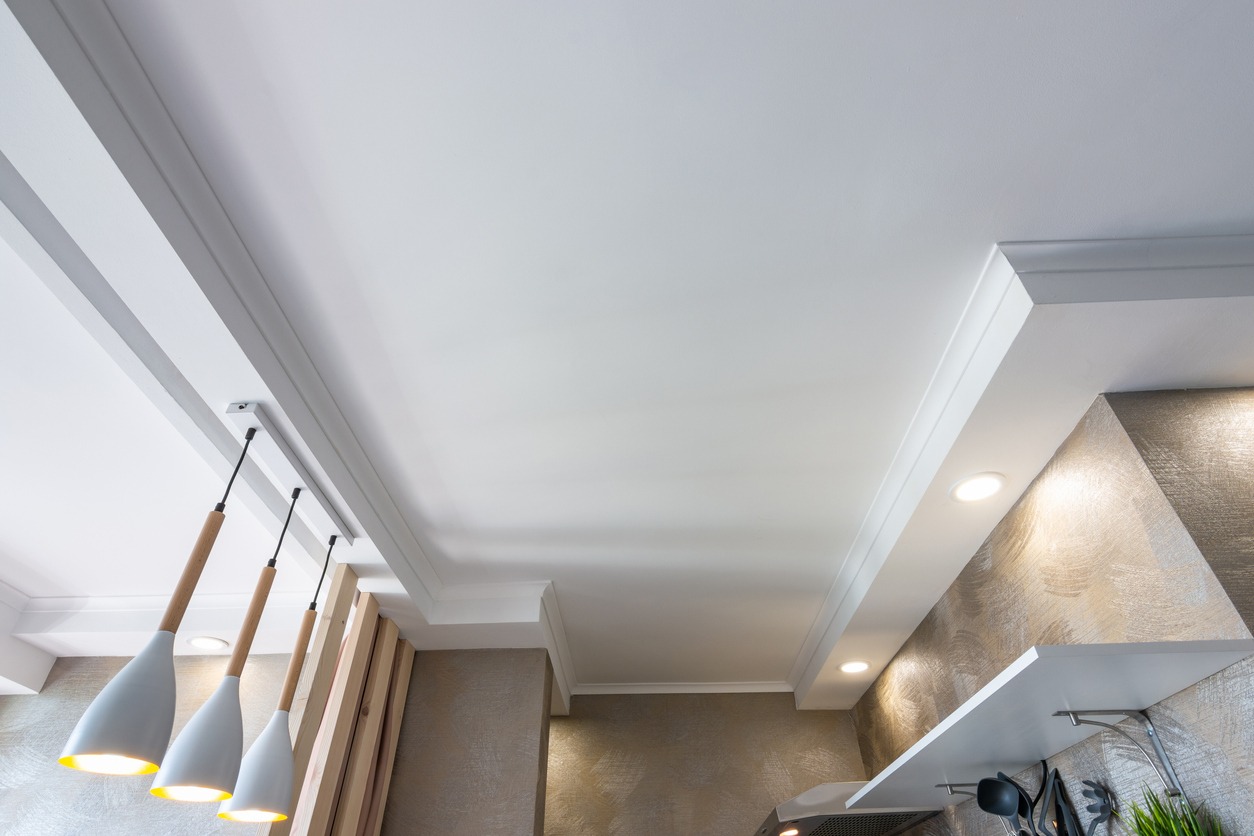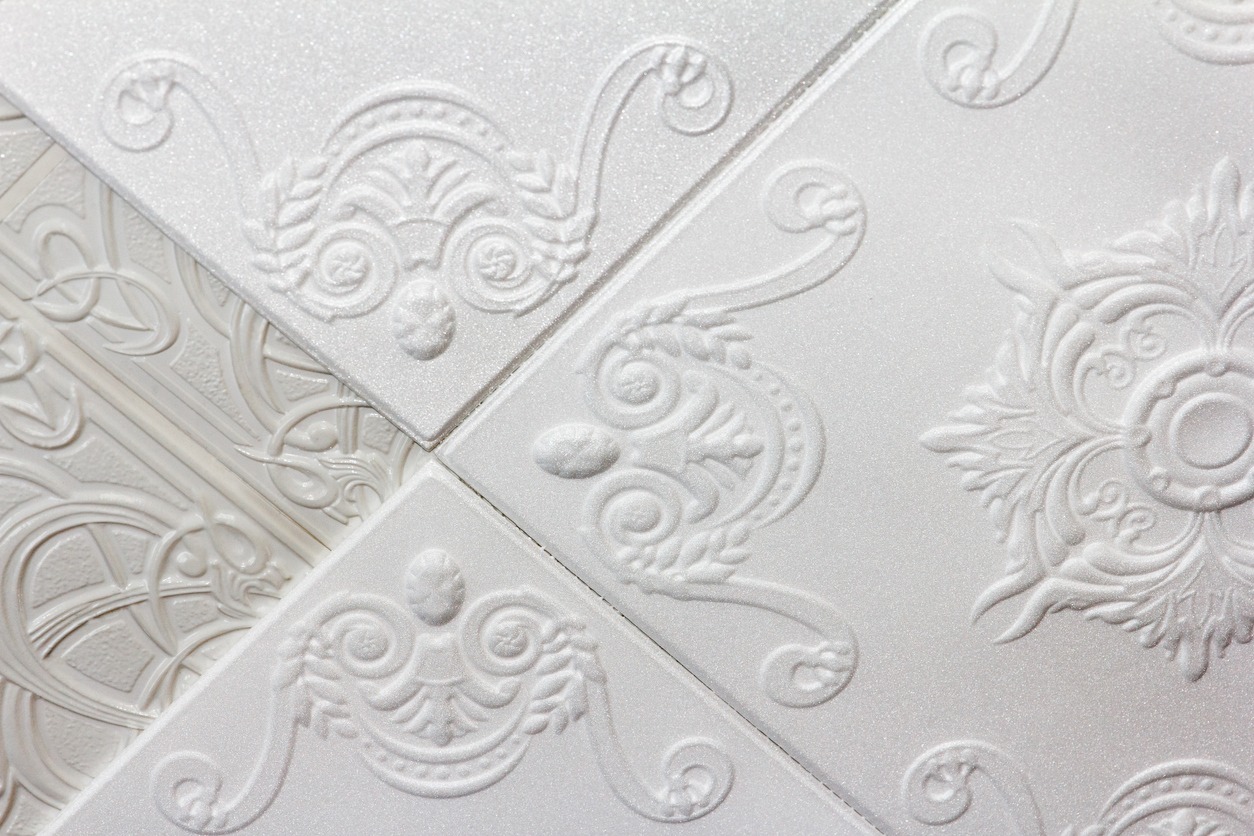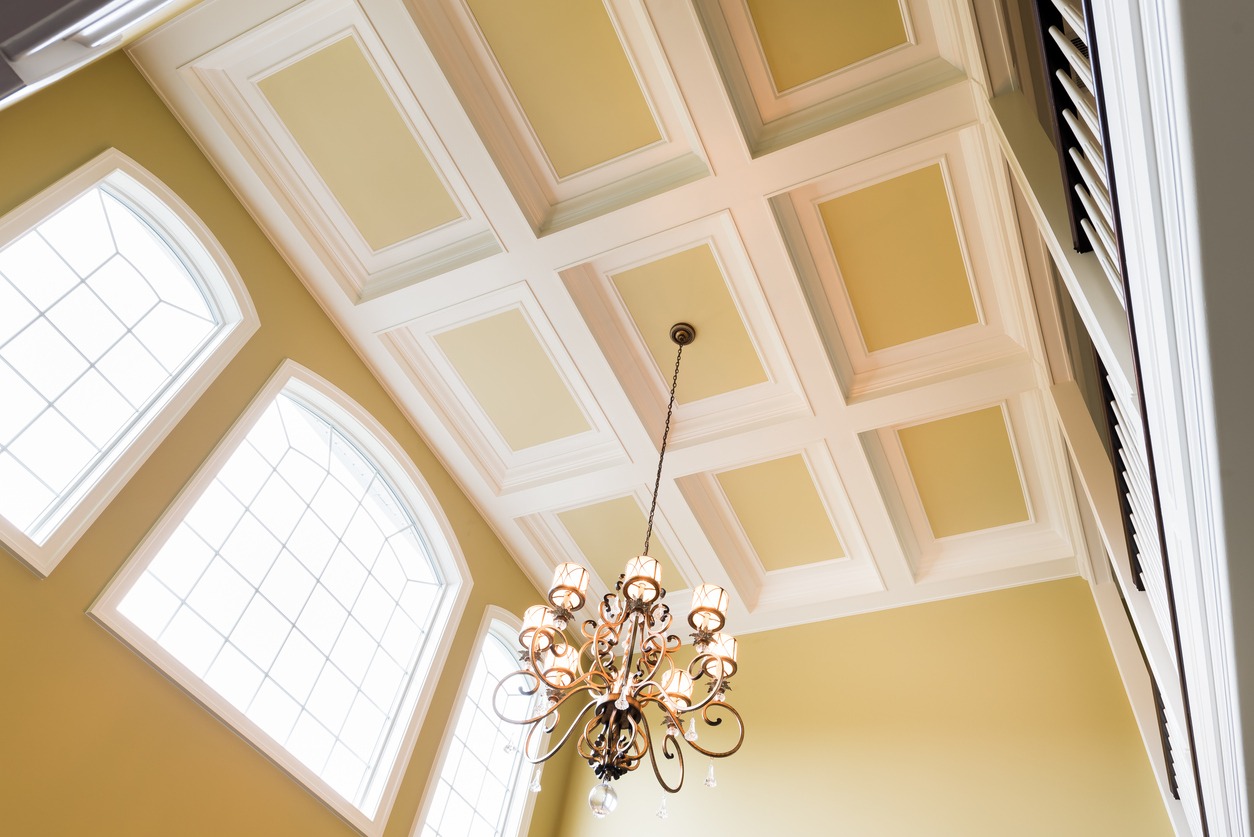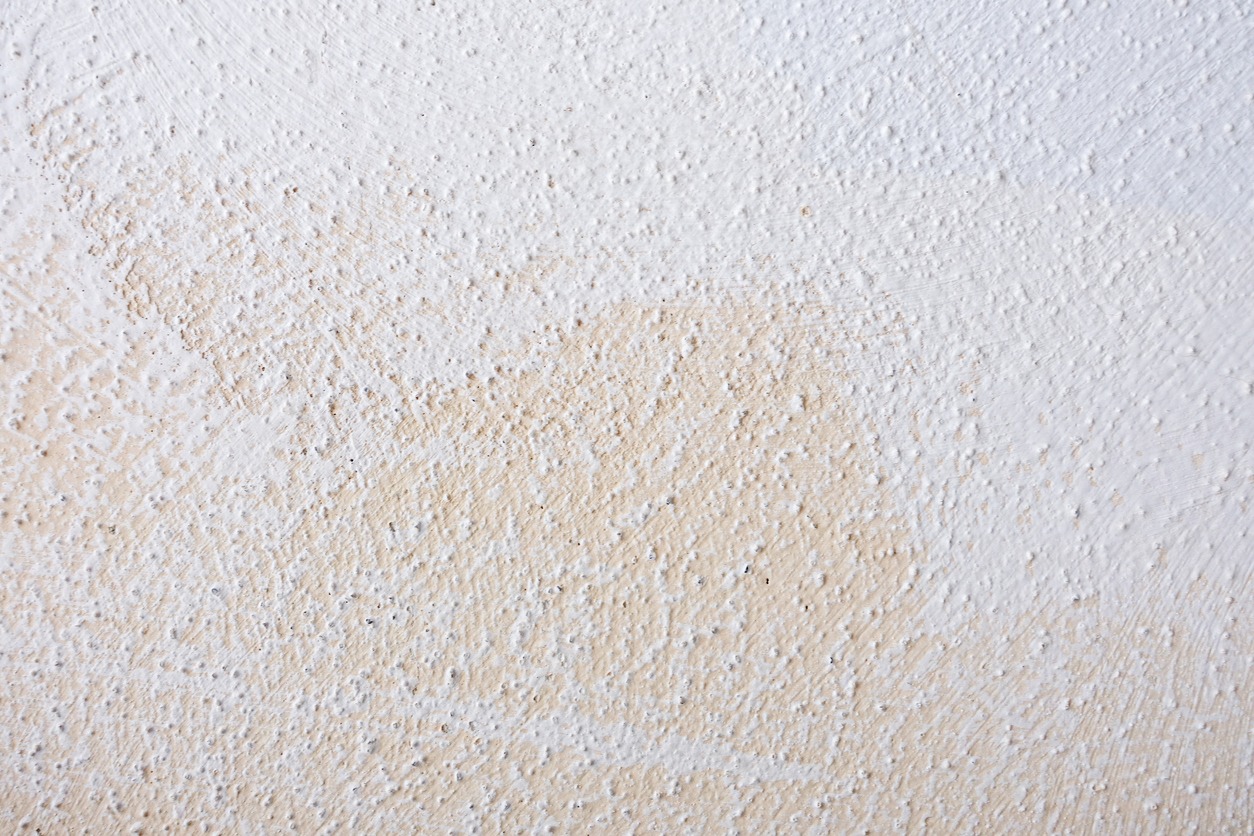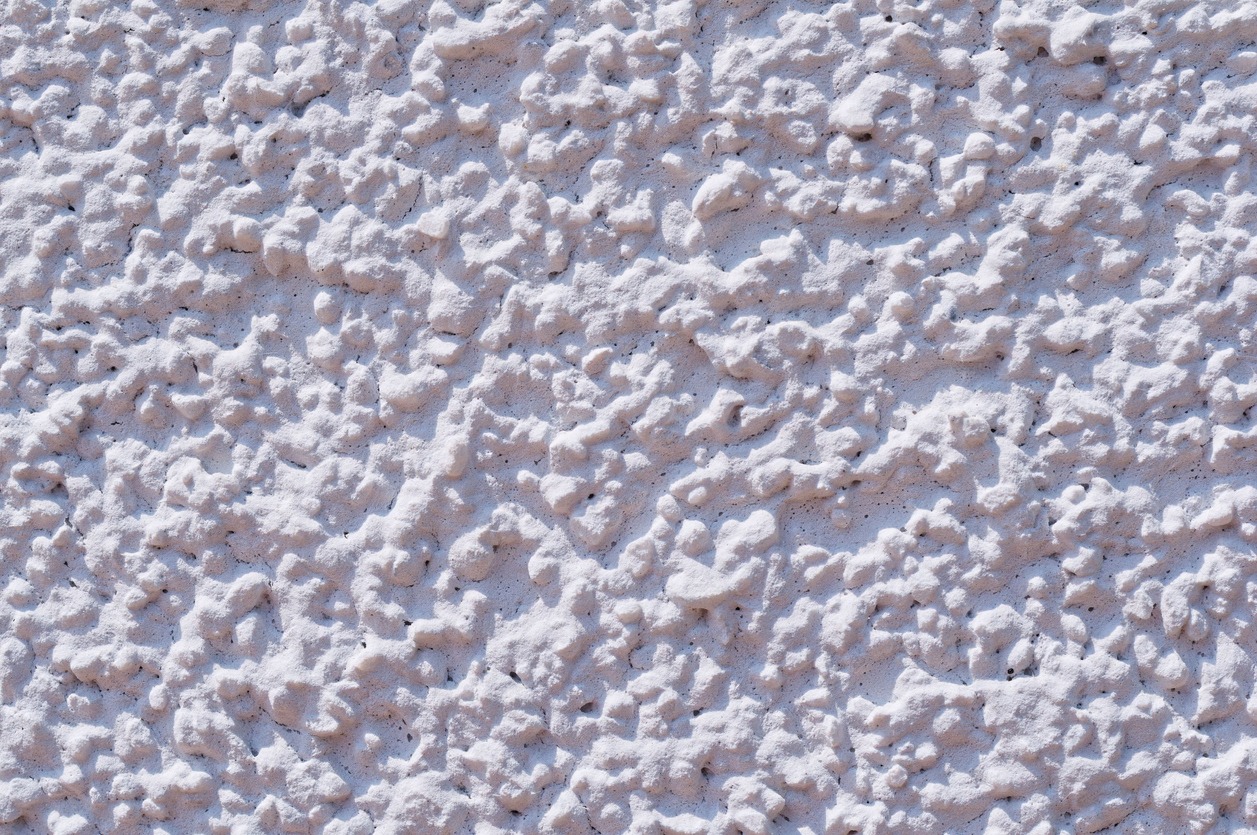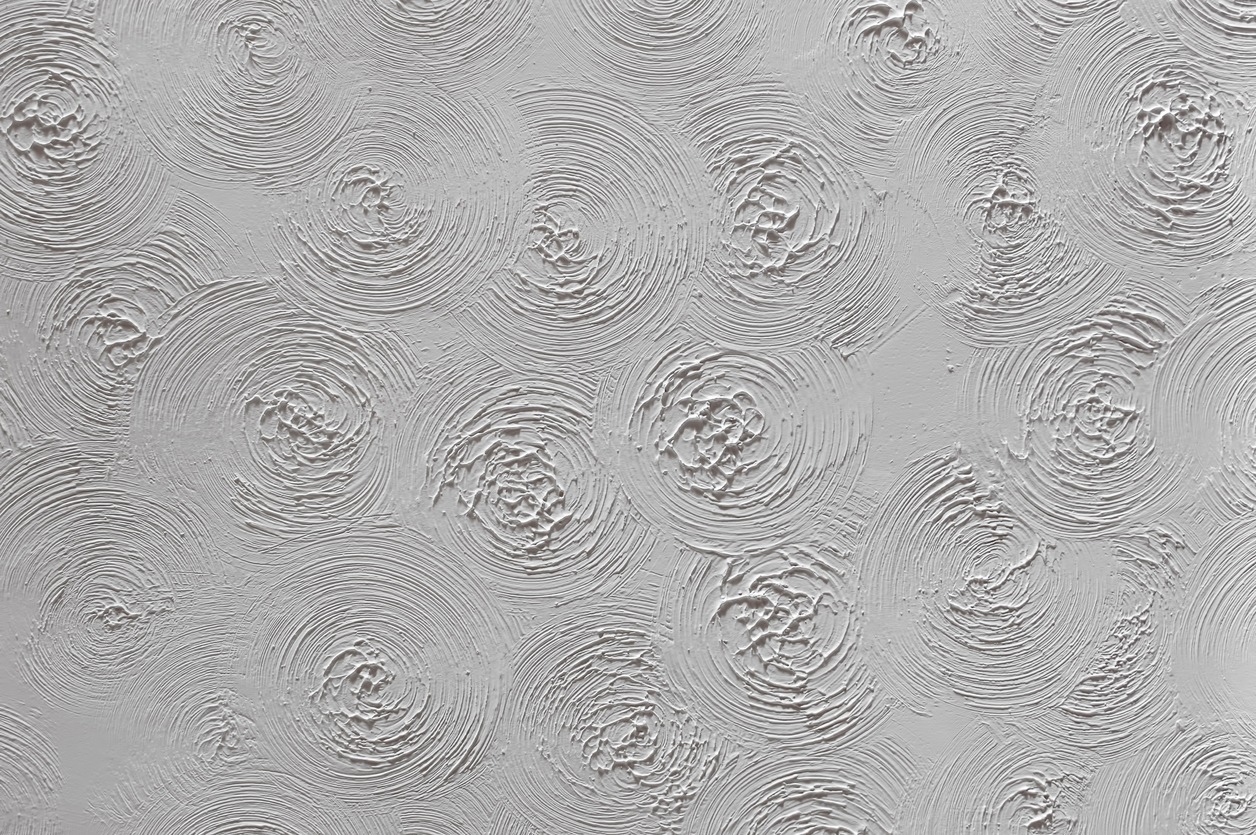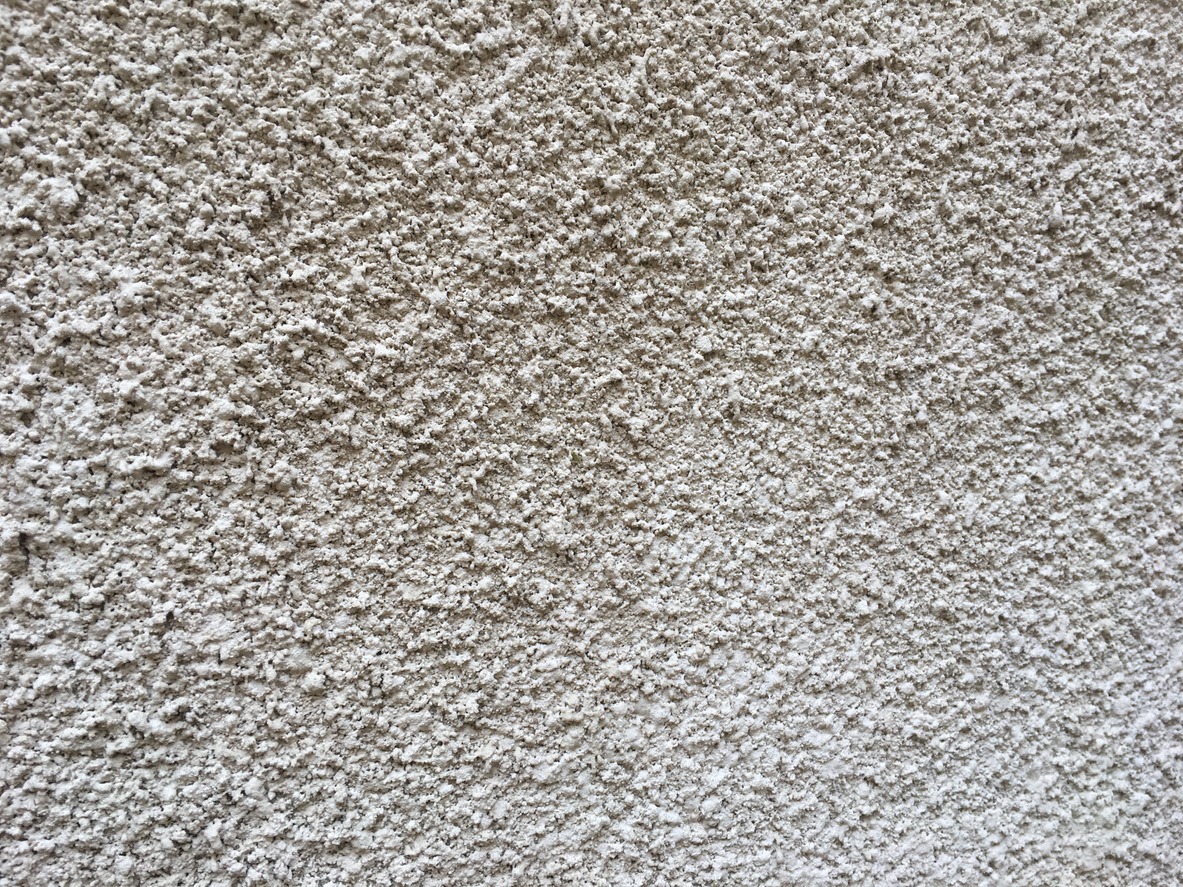When it comes to renovating the home, everyone gets the chance to be creative and play around with materials and designs that will make their house look more beautiful and unique. However, among all repairs and renovations, a lot of homeowners forget to take their ceilings into consideration. And even when they do think about their ceilings, they are often unable to choose the best design. Instead, they just end up picking up ones they would later regret.
Ceiling finishes and textures are an important part of interior design as they can greatly enhance the aesthetic appeal of a room. There are many different types of ceiling finishes and textures to choose from, and each of them has its own unique characteristics, advantages, and disadvantages. However, picking the right ceiling finish and texture can be a daunting task, as it needs consideration of several factors, including the size of the room, purpose, lighting, architectural style, and your personal preferences.
If you are thinking of what ceiling finish and texture you should choose to enhance the overall look of your ceiling, we are here to help you. In this article, we are going to explore the various types of ceiling finishes and textures available, their benefits and drawbacks, and the factors you should consider in choosing the right one for your home.
Types of Ceiling Finishes
There are several different types of ceiling finishes to choose from, and each has its own unique characteristics, benefits, and drawbacks. Below are some of the most common types of ceiling finishes that you can choose from:
Smooth Ceilings
Smooth or flat ceilings are the most common type of ceiling finish. There is actually nothing special about this type of ceiling, but that is exactly the point of many people. If your home has a minimalistic design style, a smooth ceiling is a great way to emphasize it and shift focus to the more important parts of your home décor.
The best thing about smooth ceilings is that they are highly universal. There is no specific design style that you need to follow in your home to make it a suitable choice. You just have to ensure that you invest in high-quality work when choosing this type of ceiling finish.
The only issue about a smooth ceiling is that any imperfection in the surface of the ceiling will be very visible. It can also be time-consuming and challenging to achieve a perfectly smooth ceiling finish.
Textured Ceilings
Textured ceilings are a great choice for those who are aiming to add visual interest and depth to a room. There are various types of textured ceilings available, such as popcorn ceilings, stucco ceilings, swirl ceilings, and knockdown ceilings, which we will further learn about later on in this article.
Coffered Ceilings
In traditional and formal spaces, coffered ceilings are a popular option. They are made by installing a series of recessed panels into the ceiling to create a patterned, three-dimensional effect. One of the benefits that come with this ceiling finish is that it adds visual interest and depth to a room. Aside from that, it can also improve the acoustics of a space. However, you have to note that coffered ceilings are expensive to install and it requires a high ceiling for them to work well in a space or room.
Beamed Ceilings
A popular ceiling finish in rustic and traditional spaces is beamed ceilings. This type of ceiling finish requires installing exposed wooden beams onto the ceiling. It can add warmth and character to a room in a home. It can also help in visually dividing a large space. However, beamed ceilings are expensive to install, and a high ceiling is also needed.
Vaulted Ceilings
In modern and contemporary spaces, a vaulted ceiling is a popular finish. It is achieved by creating an angled or sloping ceiling that follows the shape of the roof. This type of ceiling finish can add height and drama to any space. It can also enhance the acoustics of a room. But like coffered and beamed ceilings, it can also be expensive to install. Aside from that, vaulted ceilings are also challenging to clean and maintain.
Types of Ceiling Textures
Aside from ceiling finishes, there are also several different ceiling textures available to choose from. Below are some of them:
Orange Peel Ceiling
The texture of an orange peel ceiling has some resemblance to – you guessed it – an orange peel. It’s a slightly bumpy yet still soft-looking texture. Also called splatter or eggshell, this texture is an all-time favorite among homeowners. It’s a popular choice because it’s easy to create, and you don’t need the help of a professional home renovator to recreate it for your home. Orange peel can be the best way to go if you prefer a texture with a subtle and understated look.
To make this texture, all you need is a spray gun and a mixture of thin mud. Place the paste in the gun set at high pressure, and spray it on the surface. Adjusting the hole will adjust the amount of mud-splattered, which changes the end look.
Knockdown Ceiling
Common in the southern parts of the United States, knockdown refers to mud splattered on the walls, then knocked down using a large knife. It’s created by spraying the ceiling with a watered-down joint compound, then dabbing the wet layer to form a rough pattern of peaks by means of a brush or sponge. Finally, the peaks are knocked down with a side of a knife, trowel, or knockdown tool.
This technique is excellent for concealing some minor imperfections or adding some subtle depth to a room. It’s often seen in hotel rooms as an ideal replacement for wallpaper. It’s also great for living rooms and bedrooms, as it can add warmth, depth, and character to a room.
Popcorn Ceiling
This type of ceiling texture is also known as stucco, cottage cheese, acoustic, or fine aggregate ceiling. As the name suggests, this ceiling texture looks like popcorn pieces placed on a plate. It’s a classically defined ceiling texture that lasts for ages. Popular in many houses built in the ‘90s, the popcorn ceiling was a cost-effective way to make a ceiling look uniform. Recently, it has fallen out of favor because it’s hard to clean. While it’s not the most fashionable ceiling design nowadays, it still has considerable advantages, like soundproofing.
Making this texture requires materials like stucco or Styrofoam and mud. You will need to use a sprayer to spurt the mixture on the ceiling, and it’s best if you hire a professional to do it. This is because the popcorn ceiling design makes a mess on the floor and other surfaces, which can be hard to clean.
Skip Trowel Ceiling
Skip trowel is another popular style for textured ceilings. Also known as Spanish knockdown, mud trowel knockdown, or Santa Fe, this style gives the ceiling dimension and a subtle stucco-like look. To achieve this style, you need to rely heavily on how well you work with a trowel, so make sure you’re handy enough before trying out this style for your home. This style is commonly found in high-end homes as it gives a bit of a Mediterranean look. If you’re looking for a low-key, classy look for your ceiling, the skip trowel design can be a great choice.
A skip trowel texture is created with a special knife that’s slightly curved and measures 18 inches across. You’ll also need coarse sand and an all-purpose joint compound. The mud mixture is kept somewhat runny, and it’s applied in a thin coat, so the mud skips when you glide the angular knife over it, making a unique texture.
Swirl Ceiling
Created using conventional hand tools, the swirl ceiling design is one of the most beautiful designs that look exquisite. It isn’t as common as the other textures here, but it’s worth considering. Swirled ceilings come with a full or half circles pattern, made by swirling a tool through the compound before it sets. The swirls would add a great vintage feel to your home.
To create this design, you need a bristle brush and a roller. The mud is applied using a roller, but you can use a heavy-duty sprayer for huge surfaces. Then, make loops on the mud while it’s a bit wet by using a brush or a tool. The size of the loops will depend on the brush you use. Depending on your preferences, you can create big or small twirls, as well as a smooth or rough pattern.
Lace-Textured Ceiling
Lace-textured ceilings take a lot of time and effort to create because it’s the most artistic ones. It’s also slightly more difficult to make. However, if you choose the colors right and do it well, you will undoubtedly achieve a beautiful, new look for your ceiling. This design technique can also be used to conceal badly cracked ceilings and to mask any flaws on the surface.
It utilizes dark and light tones of the same color, and the ceiling surface is first covered with one shade. Once it dries, the pattern is added on top of it using a different paint color. This makes the wall appear like a lacy fabric. When applying the second layer using a tool of your choice, make some splotches to create a lacey appearance.
Spray Sand Ceiling
Just like orange peel, spray sand is a texture best achieved using a spray or a spraying tool. Its main difference from the former is that spray sand ovals are more refined in size, making them look less smooth. It’s a relatively new but more feasible design for ceilings in terms of ease of creation and the items needed. Though it seems a bit similar to orange peel, it looks more artistic, and it can do a significant job hiding imperfections in the ceiling.
All you need is a mud mixture and a spray gun, and you can achieve an impressive ceiling design that looks sophisticated and elegant within minutes. But you need to mix the sand with cold water, then leave it overnight before application.
Stomp Textured Ceiling
Stomp texture is a kind of ceiling texture that creates a rough, uneven surface with a handcrafted appearance. It is created through the use of a stomp brush to make a series of small, circular patterns in the texture material.
Things to Consider When Choosing Ceiling Finishes and Textures
There are various factors that you should consider in order to choose the best ceiling finish or texture for your space. Below are some of them:
Room Size
The size of a room can greatly affect your choice of ceiling finish or texture. For instance, a coffered ceiling finish might make a small room feel cramped, while a vaulted ceiling can make a larger room feel more open and spacious. Therefore, before you choose a ceiling finish or texture, you need to make sure that it will be appropriate to the size of your room or space.
Room Purpose
The room’s purpose may also affect your choice of ceiling finish or texture. A smooth ceiling finish can be great for a home office. A textured ceiling, on the other hand, is more appropriate for living rooms and bedrooms as it can provide a warmer and cozier ambiance.
Architectural Style
Your home’s architectural style may also impact your choice of ceiling finish or texture. For example, if you have a traditional home, a coffered ceiling might be a good fit. But if your space has a modern or contemporary style, a sleek, smooth ceiling might be better suited for it.
Lighting
The lighting in your room may also affect your choice of ceiling finish or texture. Choosing a smooth ceiling finish may help reflect more light and create a brighter space. A textured ceiling, on the other hand, may create interesting shadows and visual depth in a room.
Cost
The cost of the ceiling finish or texture is also an important factor that you need to consider. Note that some finishes or textures are more expensive than others. You also have to factor in the cost of materials, installation, and any additional labor or equipment needed in order to achieve your desired ceiling texture or finish.
Overall, your personal preference is the most important factor to consider. In addition to thinking about the overall style and aesthetic of your space, you have to consider your personal taste when making your decision.
Conclusion
There are indeed a lot of options when it comes to ceiling finishes and textures. From smooth finishes to textured surfaces, there is a range of options to suit every taste and style. While it is challenging to pick the best one, you just have to consider important factors like room size, purpose, and your personal preference in order to choose the best one. Whether you are aiming to achieve a sleek, modern look or a more traditional feel for your home, there is surely a ceiling finish or texture that may help achieve your desired aesthetic. We hope this post helped you learn more about the different ceiling finishes and textures.


